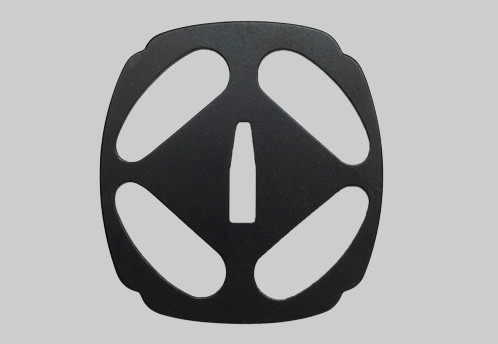

More informations about this product
Tsuba of shape Mokko Gata (木瓜) quadrilobed. Design by Namako (海鼠), Sea Cucumber,Shiho (四 方) on the surroundings, in Sukashi (透), opening. Maru Mimi round border, without Kozuka and Kogai Ana.
The Namako 海鼠, or Sea Cucumber, also known as Holothuria, is composed of the Kanji 'sea/ocean' 海 and 'mouse/rat' 鼠 because it looks like a rat crawling to the bottom of the sea. It is a fine and delicate delicacy served for special occasions since ancient times. It is also used in medication.
The Namako is mentioned in a legend of the Kojiki, collection of myths dating from the 8thth century. It is mentioned as a dish of the Imperial court in the Engishiki, collection of laws and regulations dating back to 927. It has also been the subject of thousands of Haiku, especially because of its viscous touch, it is very difficult to grasp.
The Namako has become the mascot of the Japanese navy because it does not escape, does not hide, and is equipped with a thick skin protecting it from enemies.
It is a Tsuba design that can be found in the oldest productions of the Muromachi period.
There are many similar examples from the Heian-Jo school 平安城, with inlays of brass curbs. This school was located in the former province of Yamashiro, in Heian-Kyo (平安京), the former name of Kyoto. This school produced guards for the court nobles' mounts during the Muromachi period, starting in 1390.
Share your opinion
error Your review appreciation cannot be sent
feedback Report comment
check_circle Report sent
error Your report cannot be sent